The Biggest Foreign-Policy Challenges Facing Trump in 2025
The U.S. president-elect’s second term will begin in a vastly different global landscape than his first.
One of U.S. President-elect Donald Trump’s biggest boasts is that he was the first U.S. president in decades to have “no new wars” start on his watch—a claim that has been debated. Regardless, he does have two major wars to reckon with as he enters the White House for the second time.
Trump has said that he would end one of those wars—between Russia and Ukraine—within “24 hours” by forcing Russian President Vladimir Putin and Ukrainian President Volodymyr Zelensky to the negotiating table.
One of U.S. President-elect Donald Trump’s biggest boasts is that he was the first U.S. president in decades to have “no new wars” start on his watch—a claim that has been debated. Regardless, he does have two major wars to reckon with as he enters the White House for the second time.
Trump has said that he would end one of those wars—between Russia and Ukraine—within “24 hours” by forcing Russian President Vladimir Putin and Ukrainian President Volodymyr Zelensky to the negotiating table.
The second war, in the Middle East, is decidedly more complex, with the sudden ousting of Syrian President Bashar al-Assad in early December further changing regional dynamics. Trump told Time magazine recently that the war between Israel, Hamas, and Hezbollah is “more complicated” than Russia’s war with Ukraine but “easier to solve.”
Several other non-armed conflicts and issues that animated Trump on the campaign trail are expected to be at the top of his new administration’s priority list, including the potential restart of his tariff war with China and a crackdown on undocumented immigration from Mexico and Latin America.
Here are the biggest foreign-policy challenges that Trump is likely to face during his first year back in office.
JUMP TO
A Ukraine Endgame?
A Ukrainian soldier walks in a trench near Kupiansk, Ukraine, on Jan. 23. Roman Pilipey/AFP via Getty Images
Among Trump’s first foreign-policy priorities will be addressing Russia’s ongoing war against Ukraine, which will hit its three-year mark just over a month into Trump’s new term. The president-elect has vowed to end the conflict before his inauguration on Jan. 20, 2025. But the introduction of North Korean forces on Russia’s front lines and Ukraine receiving permission from the Biden administration to use Western-supplied long-range missile systems to strike deep inside Russian territory could make that campaign pledge difficult to achieve.
Trump has threatened to increase U.S. military aid to Kyiv or halt such assistance entirely if Putin or Zelensky, respectively, refuse to come to the negotiating table. However, he appears to be placing the onus of peace talks on Europe, not the United States—a marked shift from the outgoing Biden administration’s approach to Russia-Ukraine diplomacy.
Trump also appears more amenable to Putin’s peace talk conditions than Biden. Notably, Trump has expressed willingness to cede some occupied Ukrainian territory to Russia and has suggested that Kyiv should withdraw its NATO membership bid to end the war, something both Zelensky and NATO Secretary-General Mark Rutte have vehemently opposed.
Experts suggest that the recent ousting of Assad, a key Russian ally, could convince Putin to seek a greater show of force in Ukraine. Already, the Kremlin’s forces continue to advance west, battling Ukraine’s counteroffensive in Russia’s Kursk region while also bombarding Kyiv’s energy infrastructure ahead of another brutal winter. Many European nations tried to Trump-proof their Ukraine aid policies in anticipation of his election victory. Now, as the war rages on, these same nations are scrambling to curry favor with the incoming administration.
A Precarious Middle East
Displaced Palestinians transport their belongings amid the rubble of homes destroyed by the Israeli bombardment in the Gaza Strip on March 14. AFP via Getty Images
Trump is entering the White House amid one of the most transformative periods for the Middle East in recent history. He has promised to bring peace to the region, but he has got his work cut out for him. The historically volatile region has been consumed by the Israel-Hamas war in Gaza for over a year. Though there are signs a cease-fire deal could be on the horizon, maintaining a truce could prove extremely difficult—particularly given that Israel is poised to maintain at least a temporary military presence in Gaza as part of such an agreement. And without a truce in Gaza, Trump could struggle to achieve a number of potential goals, such as normalizing ties between Israel and Saudi Arabia or securing a new nuclear agreement with Iran.
The war in Gaza has fueled tensions across the Middle East, including fomenting a conflict in Lebanon between Israel and Hezbollah, which have continued to trade fire despite reaching a cease-fire deal in late November. Meanwhile, Israel has also been locked in escalatory tit-for-tat exchanges with Iran, which has seen the two trade strikes on each other’s soil. But the Israeli military has dealt significant damage to Iran’s air defenses and missile program, while significantly diminishing the capabilities of Hezbollah, a powerful Iranian proxy. For now, at least, neither Iran nor Hezbollah seem eager to engage in escalation as they lick their wounds.
Iran also lost a major ally in the region with the collapse of Assad’s regime in Syria. Assad’s demise poses both a challenge and a potential opportunity for Trump. Syria is in a precarious political position now that the rebel group Hayat Tahrir al-Sham (HTS), which the United States and other countries consider a terrorist group, is in charge. Trump will have to decide how to engage with HTS and its leader, Abu Mohammed al-Jolani, who is racing to legitimize himself in the eyes of the world while moving to unite Syria behind the new government after years of devastating war.
Trump will also face the challenge of how to approach the competing interests and actions of U.S. allies such as Israel and Turkey in Syria now that Assad is gone. Israel has used Assad’s ousting as an opportunity to conduct a major campaign of airstrikes to destroy the regime’s remaining military assets, while also moving ground forces into a buffer zone inside Syria alongside the Golan Heights. These actions, which come at a vulnerable moment for Syria, have raised alarm and criticism in the international community.
Turkey, a NATO member that doesn’t always play nice with its allies, could also be a source of headaches for Trump. Ankara views U.S.-backed Kurdish forces in Syria, which played a key role in defeating the Islamic State’s caliphate, as terrorists. If Turkish President Recep Tayyip Erdogan decides to move forward with a military incursion into territory held by the Kurds, it could put Trump in an awkward position. Trump has already pointed to the big role Turkey is set to play in Syria as a key supporter of HTS. Time will tell if the president-elect will sit back and let Erdogan run the show, or if he will feel compelled to take a more direct approach.
The Continued China Challenge
Chinese President Xi Jinping attends the opening session of the National People’s Congress in Beijing on March 5. Pedro Pardo/AFP via Getty Images
“China and the United States can together solve all of the problems of the world, if you think about it.” That’s what Trump said during his first post-election press conference in mid-December. But with Trump, flattery often belies a rougher reality. In the same press conference, the president-elect once again threatened to unleash tariffs on China.
After the trade-dealer-in-chief decides exactly what level of tariffs he wants to exact on Chinese imports—whether that be 10 percent, 60 percent, or revoking China’s long-standing “normal” trade status—a second trade war will likely ensue. This time, Beijing is prepared with a larger arsenal, which it has already previewed in recent months. In response to the Biden administration’s efforts to cut off China’s development of advanced semiconductors, Beijing banned the export of several critical minerals to the United States in December. And that is likely just the beginning. Sharper retaliation from China could take a toll on U.S. economic growth and drive up inflation.
Trump has also threatened tariffs on many other countries, including friends and partners such as Mexico, Canada, and India. If he raises tariffs to levels last seen in the 1930s, it will raise prices at home, increase the cost of critical inputs for U.S. manufacturers, strengthen the dollar, weaken emerging-market currencies, and invite retaliation from trade partners that will make everything worse. The only question economists have is just how much growth Trump’s policies will shave off the healthy economy he inherited from outgoing President Joe Biden.
If it is all just bluster to get better trade deals, then none of the promised tariff revenue or domestic manufacturing boom will materialize. And the more that massive tax cuts for corporations and billionaires explode the deficit, the higher U.S. interest rates will go, both lowering growth and strengthening the dollar, putting U.S. exporters at a disadvantage.
Tariffs are Trump’s favorite tool, but they alone won’t solve all of his economic problems with China. He will face a country that is rapidly catching up with the United States on technology innovation—a recent study found that China is ahead or near the lead globally in 7 of 10 advanced industries. The first Trump administration began the crackdown on China’s chip industry, but during his second term, he will need the support of allies to further Biden’s efforts to hinder China’s development—allies that may also be on the receiving end of Trump tariffs.
While the economic battle between the two countries is bound to remain intense, the danger of a military confrontation also looms, whether in the Taiwan Strait or South China Sea. China recently held what Taiwanese officials called the largest military exercises in decades. In the South China Sea, nearly every week brings news of a fresh confrontation between China and the Philippines—the latter being a U.S. ally. In the European theater, China continues to provide critical support for Russia’s war in Ukraine. And back at home, Trump has cyber warfare to confront, with a massive Chinese hack, known as Salt Typhoon, continuing to threaten U.S. data security.
Trump’s game plan for tackling these challenges will be influenced by the power balance in his cabinet. He has largely selected China hawks for key positions, such as Marco Rubio for secretary of state, but wild cards include Elon Musk, who has close China ties, and Trump himself. The president-elect has expressed dissatisfaction with the current U.S.-Taiwan relationship and courted Chinese President Xi Jinping, even inviting him to his inauguration. In Trump’s first term, his administration overall took an aggressive approach to China, but it was an approach forged through inconsistency and infighting—and early signals suggest this term won’t be any more linear.
Deporting Millions
Texas National Guard members struggle with a migrant at the border near Juárez, Mexico, on March 20. Herika Martinez/AFP via Getty Images
Trump has promised to conduct “the largest deportation effort” in U.S. history, which he has said could target between 15 and 20 million people who are in the United States illegally and would “[start] with criminals.” To carry out these mass deportations, the returning U.S. president has said that he plans to declare a national emergency and would enlist the U.S. military to the fullest extent that is legally possible.
Trump’s plans are all but certain to come up against a raft of logistical, legal, and political challenges, making it difficult to gauge how successful his deportation effort will be. His plans will likely also face financial hurdles: Expelling 1 million undocumented immigrants per year, as Vice President-elect J.D. Vance has proposed, would cost the United States an estimated $88 billion annually, according to the American Immigration Council. And that doesn’t even begin to account for the broader blow that mass deportations would deal to the U.S. economy.
But as Trump’s next team takes shape, his ambitions are only becoming clearer.
Spearheading the deportation effort will be “border czar” Tom Homan, who was acting director of Immigration and Customs Enforcement (ICE) during the first Trump administration and had a hand in its highly controversial family separation policy. Stephen Miller—the architect of the hardline immigration agenda that defined Trump’s first term—is set to be an even more influential voice in a second Trump administration as deputy chief of staff for policy. Trump has also named South Dakota Gov. Kristi Noem to be his next chief of homeland security, despite her lack of experience with both the department and in law enforcement; her role requires Senate confirmation.
In various interviews in recent weeks, Homan has offered further clarity into what the second Trump administration hopes to see happen. It will prioritize deporting individuals who present “public safety threats and national security threats,” Homan said, adding that the Defense Department could assist in ways that do not require immigration authority, such as helping with transportation, infrastructure building, or intelligence. Instead of conducting neighborhood “neighborhood sweeps,” Homan said in an interview in December, “this is going to be a targeted enforcement operation.”
Homan has publicly acknowledged that the scope of his mandate will depend on resource and funding constraints, although he has said that Trump “is committed to whatever he can to get us the money we need.” He has also previously said that the second Trump administration should consider reviving the family separation policy.
Black Swans
U.S. President Donald Trump takes off his mask before speaking at the White House in Washington on Oct. 10, 2020.Mandel Ngan/AFP via Getty Images
Trump returns to the White House at a time of deep uncertainty amid a shifting global order. Analysts use the term “black swan” to describe events that are hard to see coming and have an outsized impact. By definition, they are rare. But with the COVID-19 pandemic, the Taliban’s takeover of Afghanistan, Russia’s invasion of Ukraine, the Israel-Hamas war, and the fall of the Assad regime in Syria, historic events have become a seemingly regular occurrence in the last few years.
The sudden rebel offensive that ended five decades of Assad family rule has been described as the Middle East’s 1989 moment. It will set off a chain of events and accelerate shifting power dynamics in the Middle East, the results of which are impossible to predict at this point. Add to the mix a reeling Iran, a defiant Russia, a Europe in chaos, and escalating competition with China, and you have all the ingredients for a rocky road ahead.
During his first term in office, Trump was confronted with a global health crisis that killed over 1 million Americans and upended the world economically and socially. Yet he didn’t have to face a true national security or military crisis. On this, the president-elect and his incoming team are largely untested. Given the current precarious state of the world, he is unlikely to be able to say the same the second time around.
More from Foreign Policy
-

An illustration of books inset into red ornaments. FP’s Holiday Book List
Our columnists and staff writers recommend their top reads for the end of the year.
-

A Ukrainian tank crew member of the 68th Jaeger Brigade stands on a Leopard 1A5 tank near Pokrovsk, the eastern Donetsk region, on Dec. 13. How We Got Here in the Russia-Ukraine War
Our must-read articles on the state of the conflict, its impact on the global order, and the chance for peace.
-

A photo collage illustration shows Chinese leader Xi Jinping walking down red-carpeted stairs. At left are two sparring hawks. Behind him is the US Capitol and Donald Trump with his hand to his face. At lower right are two Chinese protesters. Our Top Long Reads From 2024
Foreign Policy’s best deep dives of the year.
-

An Israeli artillery unit fires across the border toward Lebanon on Jan. 11. Fareed Zakaria Looks Back at 2024
FP Live’s annual tradition of recounting the biggest highlights and trends of the year.
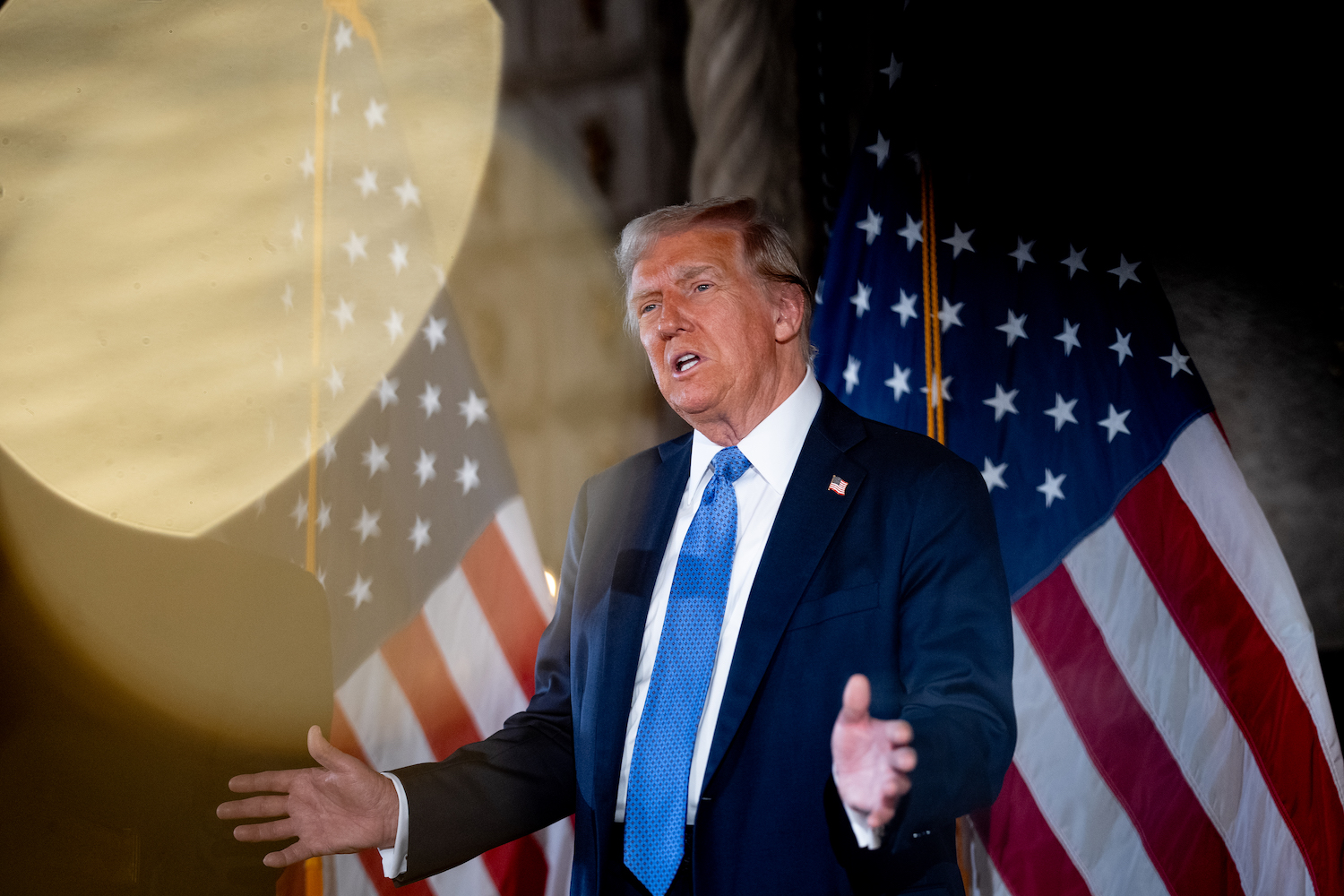
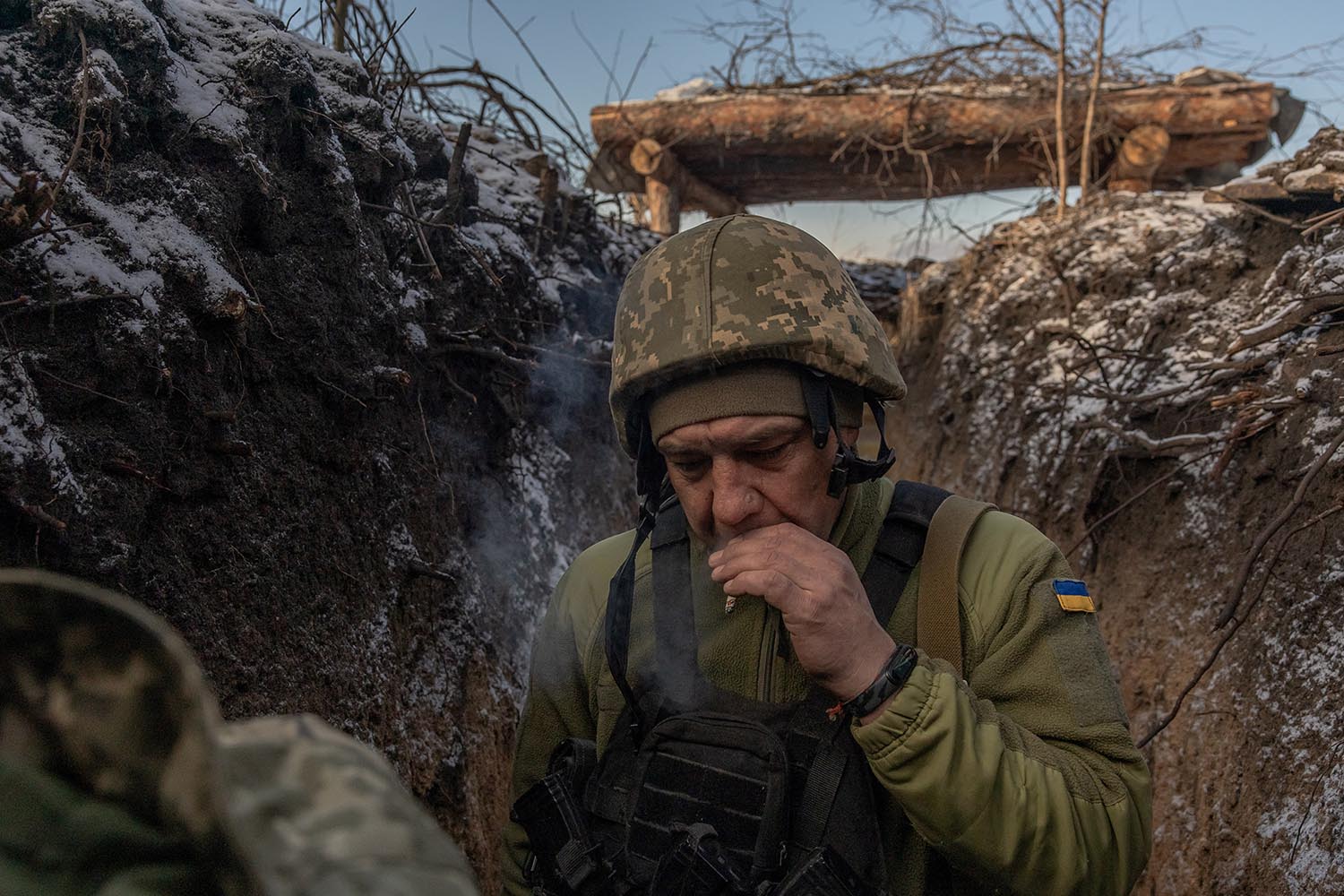
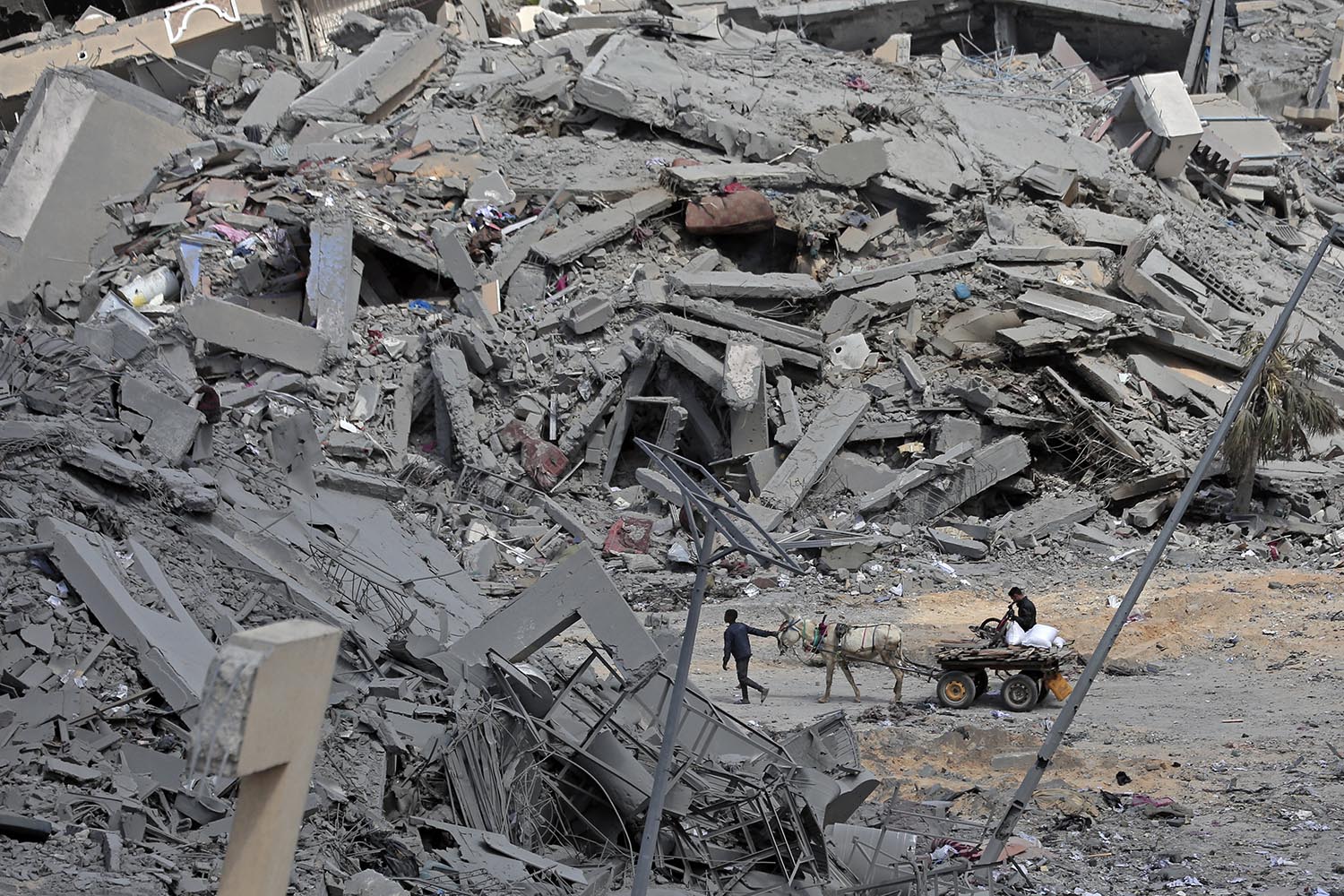
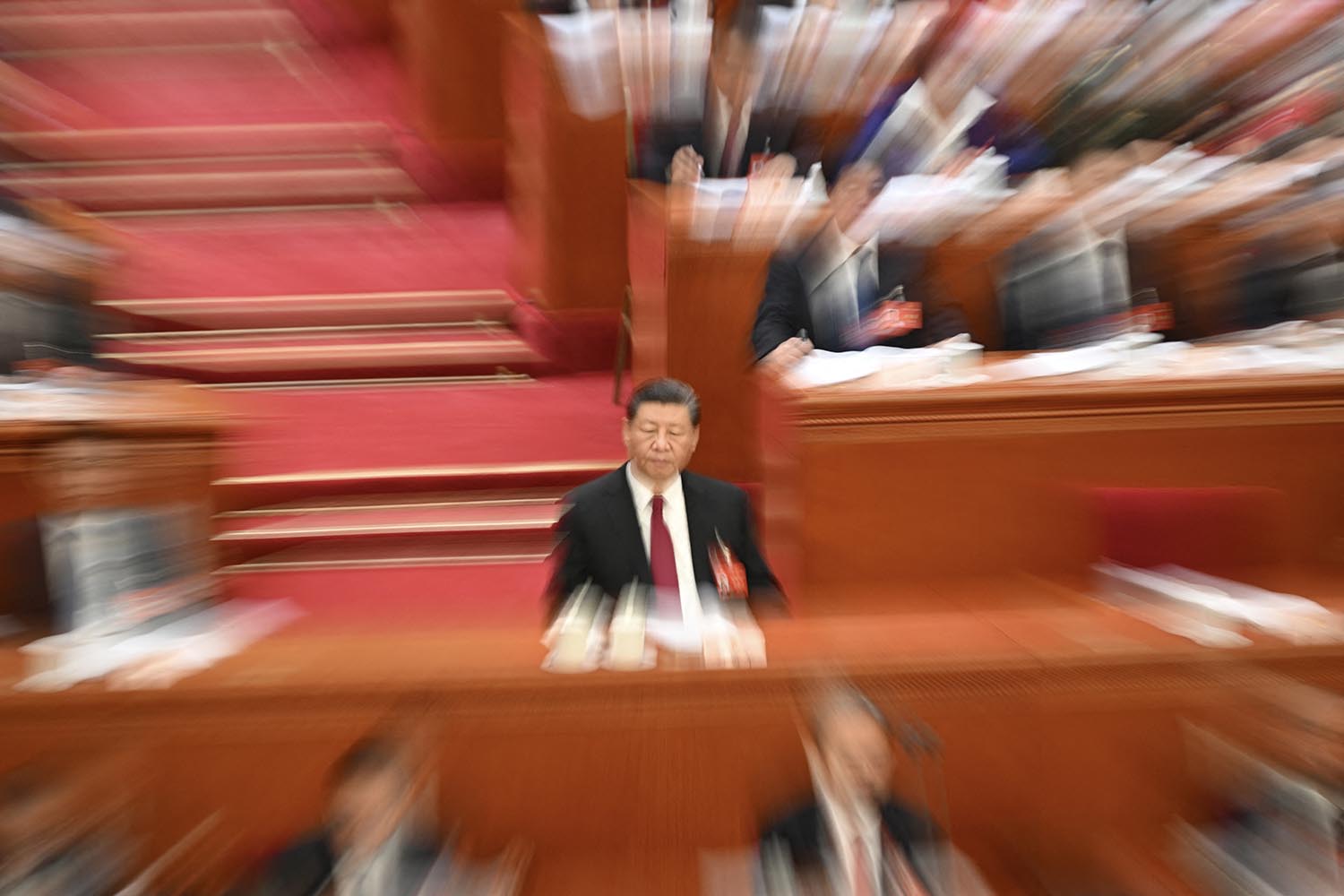



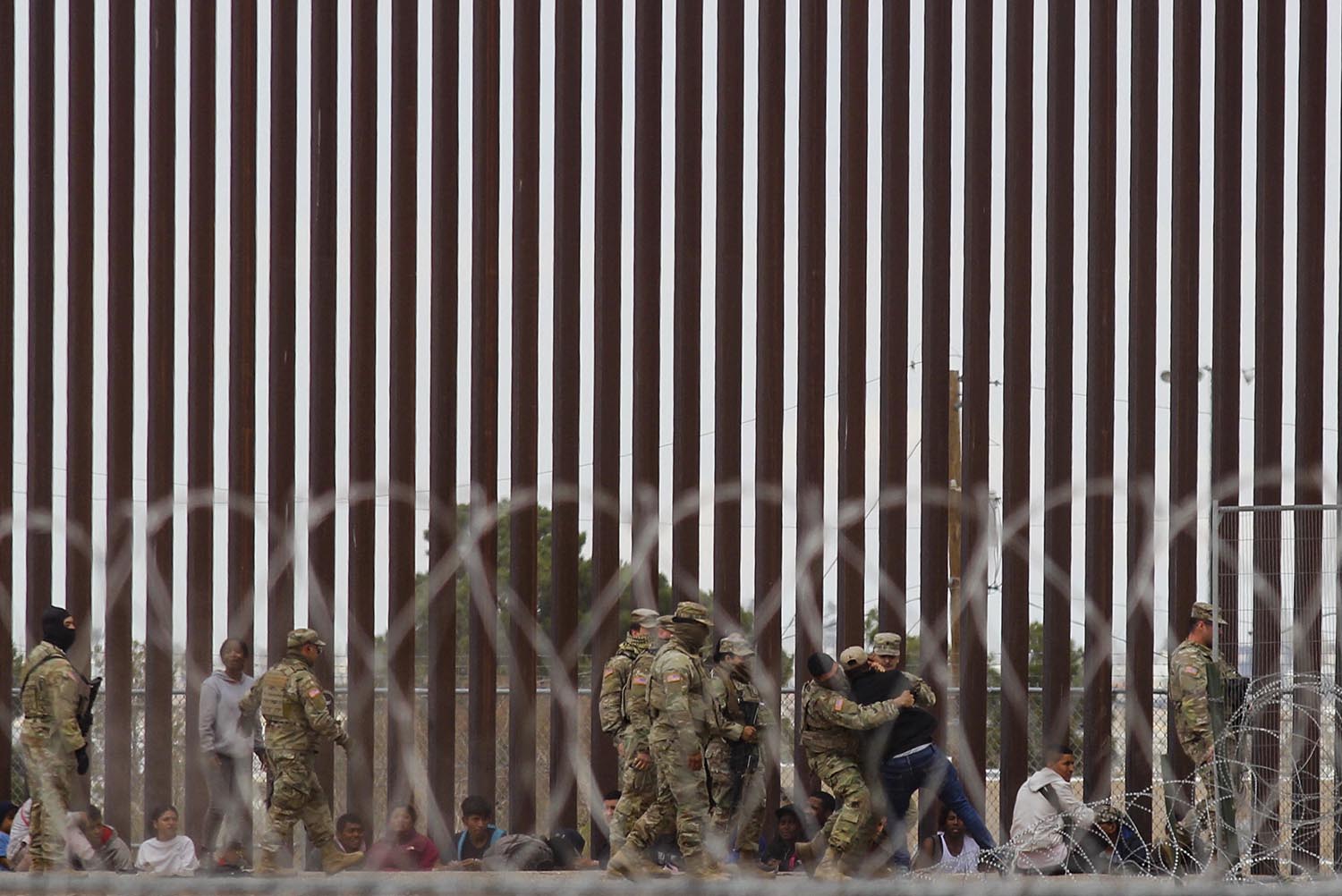
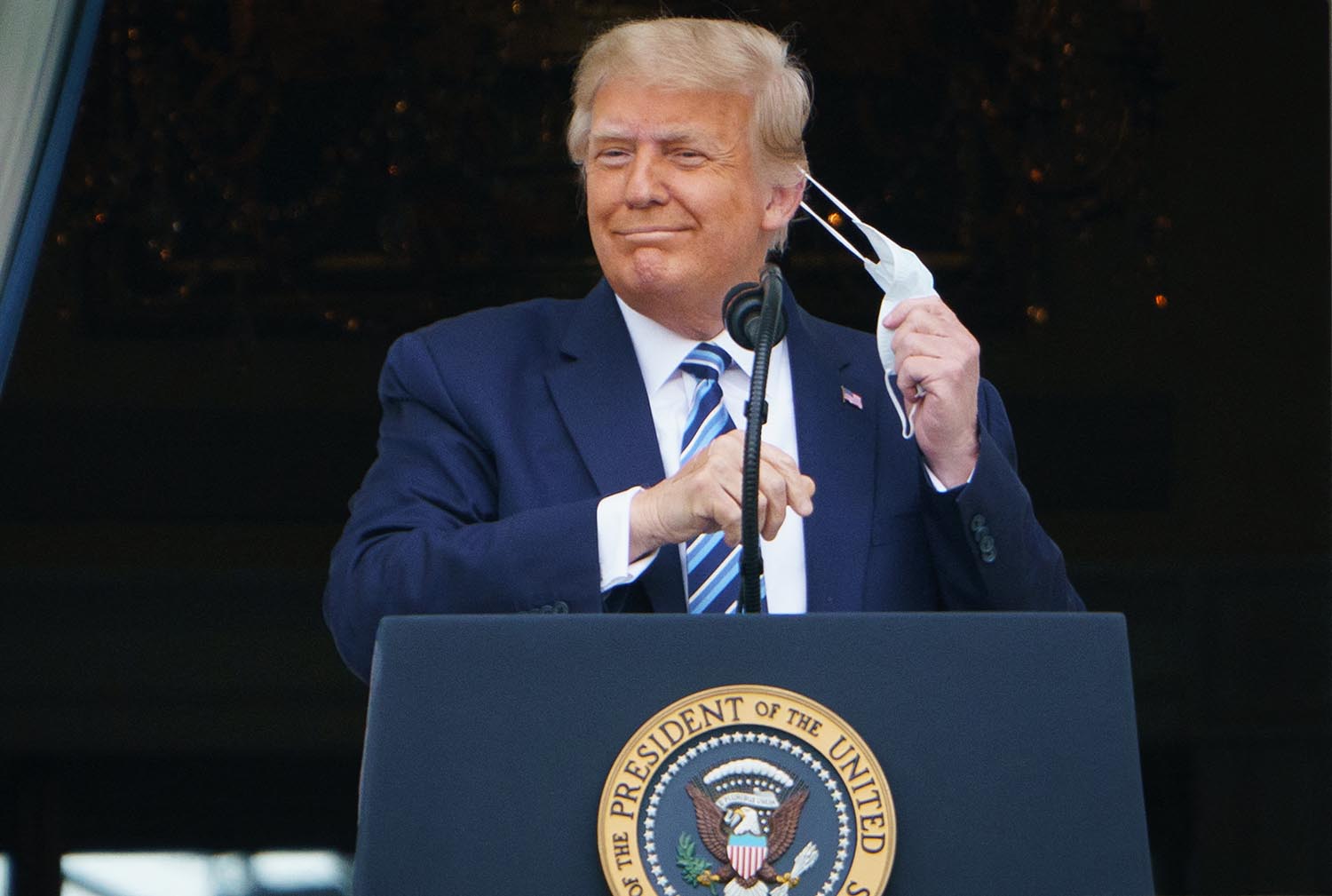
Join the Conversation
Commenting on this and other recent articles is just one benefit of a Foreign Policy subscription.
Already a subscriber? .
Subscribe Subscribe
View Comments
Join the Conversation
Join the conversation on this and other recent Foreign Policy articles when you subscribe now.
Subscribe Subscribe
Not your account?
View Comments
Join the Conversation
Please follow our comment guidelines, stay on topic, and be civil, courteous, and respectful of others’ beliefs.